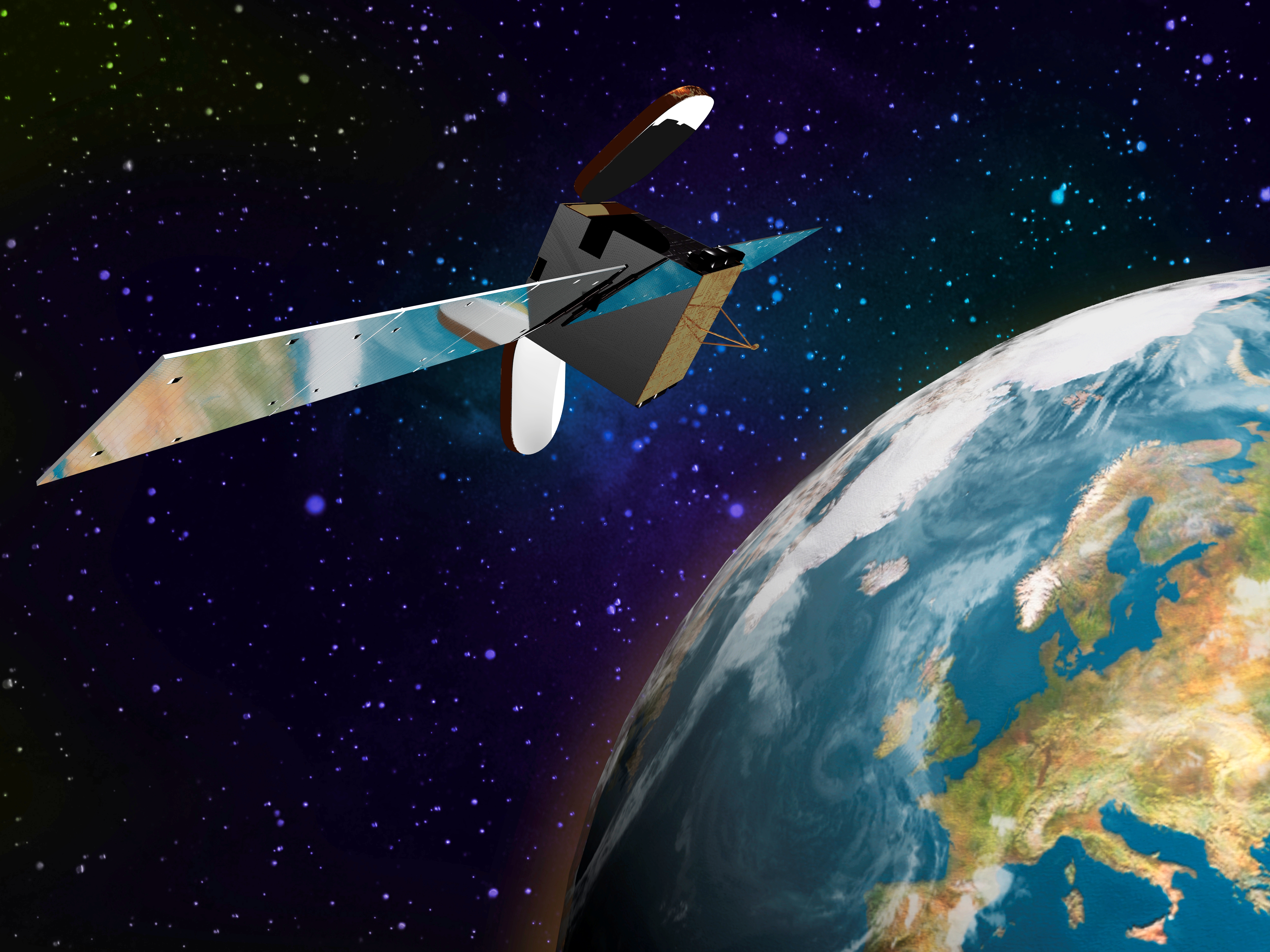World's largest satellite will power sat-phones
60-foot antenna to provide voice and data access to US and Canada

A new satellite mobile phone network is due to be launched this year, using the largest and most powerful commercial satellite ever launched.
TerreStar hopes to launch its first satellite, TerreStar-I, in June, to provide an IP-based mobile phone service to users in North America using phones that are no bigger than conventional mobiles.
The satellite will have a gold mesh antenna nearly 60 feet across and use 500 dynamically-configurable spot beams, giving coverage of all of the USA, Alaska, Canada, Puerto Rico and even Hawaii, on the 2.2GHz band.
Satellite/terrestrial hybrid
The phones, a prototype of which was unveiled at the CTIA show in Vegas recently, will have a combination satellite/terrestrial design that enables "seamless" use on either terrestrial networks (WCDMA, GSM) or the TerreStar service when cellular coverage is missing - a common problem in remote parts of America.
The prototype Elektrobit handset is a 2.6-inch touchscreen Windows Mobile 6 PDA with Qwerty keyboard and Wi-Fi. It measures just 120x65x16mm and has a talktime of up to 5 hours with GSM, 3 hours with WCDMA and 1.5 hours with satellite.
TerreStar hopes to keep the handset cost to under $700 (£477) and calling costs below $1 (68p) a minute.
Get daily insight, inspiration and deals in your inbox
Sign up for breaking news, reviews, opinion, top tech deals, and more.
Satellite phone networks have not had the best track record. Both Iridium and GlobalStar went bankrupt at the turn of the millennium, and survive on a rump of hardcore users. An Iridium satellite was also recently knocked out of the sky by a Russian satellite in the first ever recorded crash between spacecraft in orbit.
Via AP.